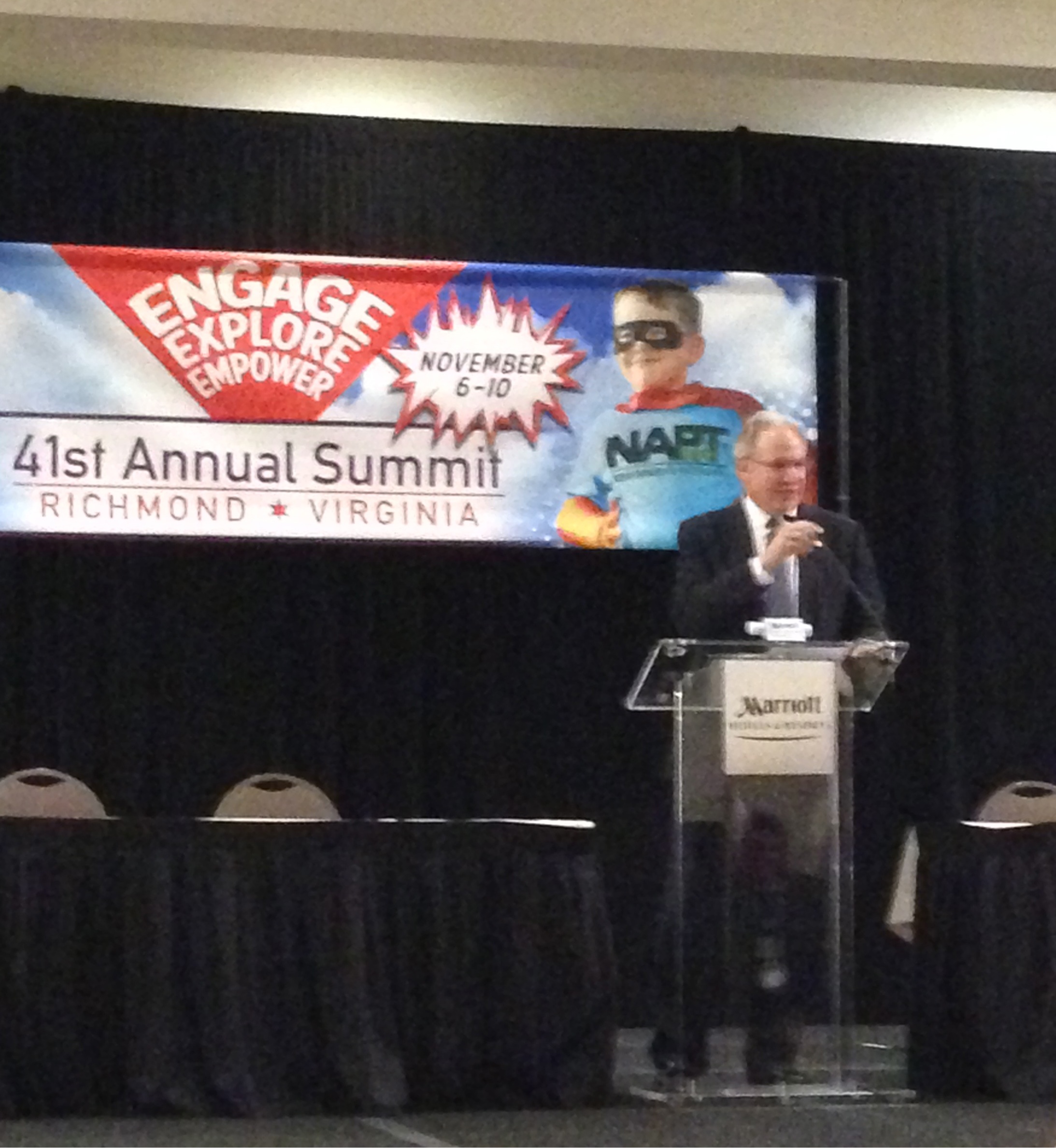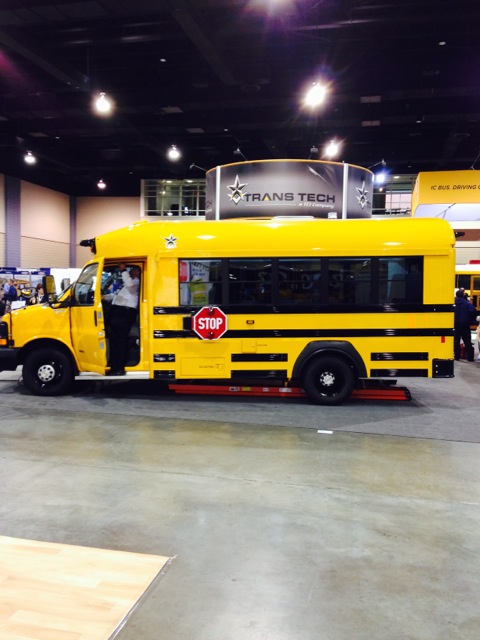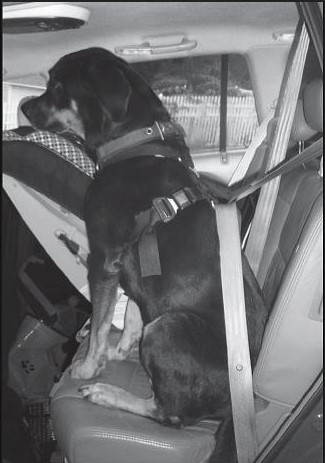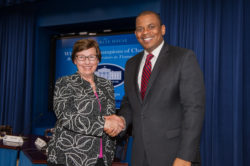The story of tethers begins long before the introduction of LATCH. Tethers were used on forward-facing child restraints (CRs) in the United States, Canada, and Australia as early as 1970. They have been required equipment for all forward-facing CRs made since 1974 in Australia and since 1980 in Canada. In the U.S., however, though tethers were featured on some early CRs, they weren’t required. The challenges caregivers faced if they tried to retrofit their vehicles with tether anchors (TAs) led to very low levels of tether use, and tethers were eventually phased out of nearly all U.S. CR models by the mid-1980s.
History of Tethers and LATCH
This information is excerpted from the 2015 LATCH Manual.





